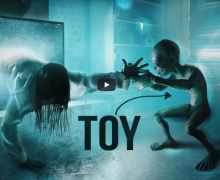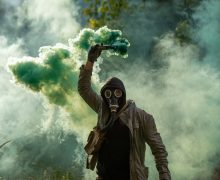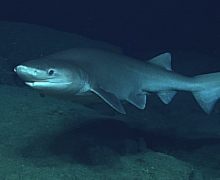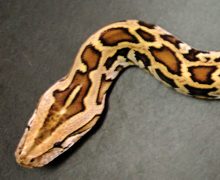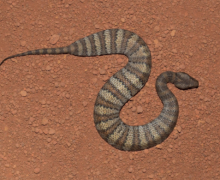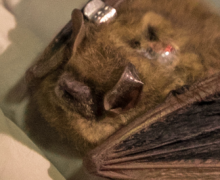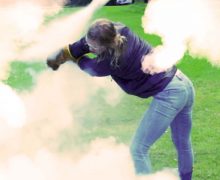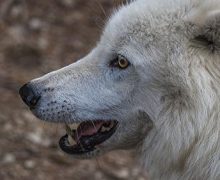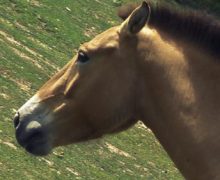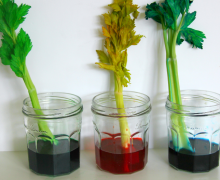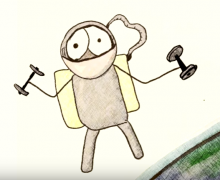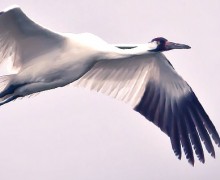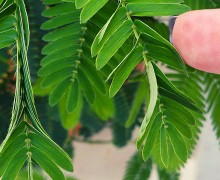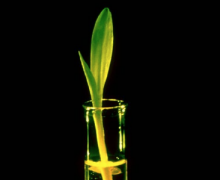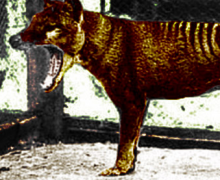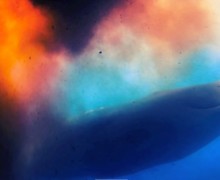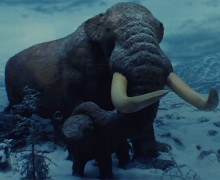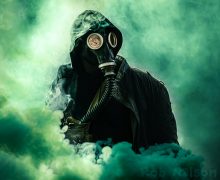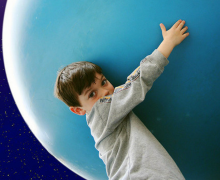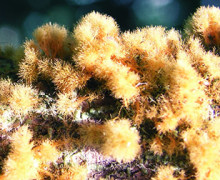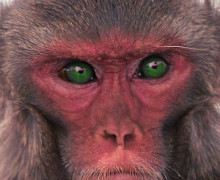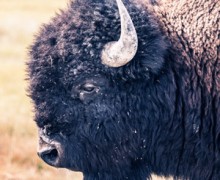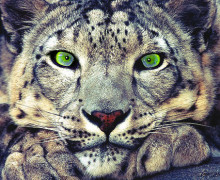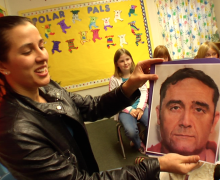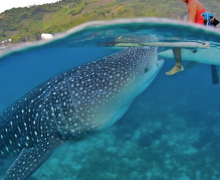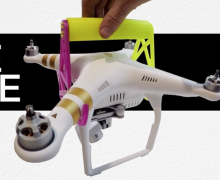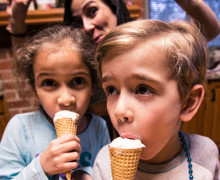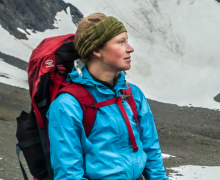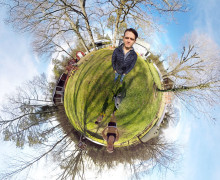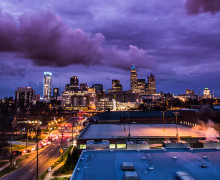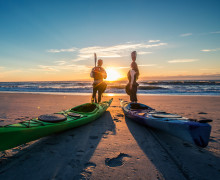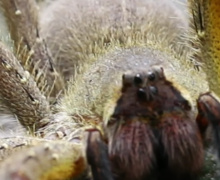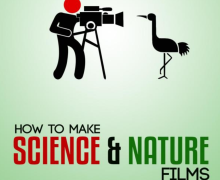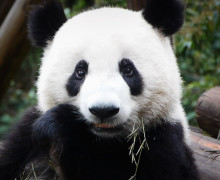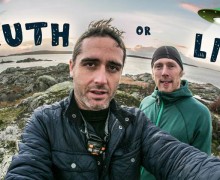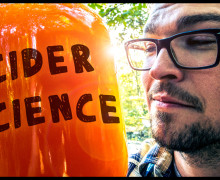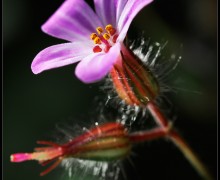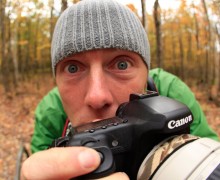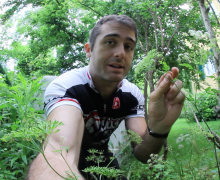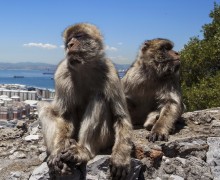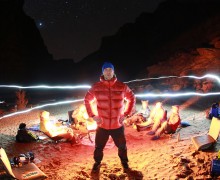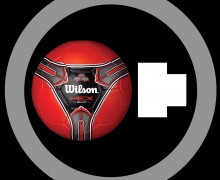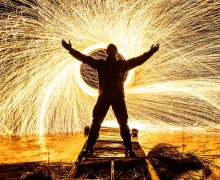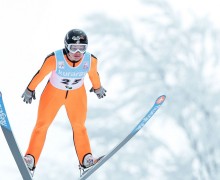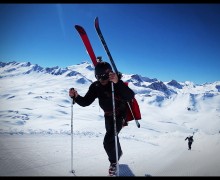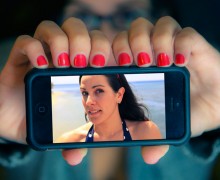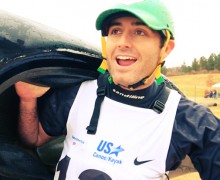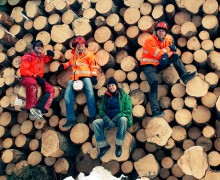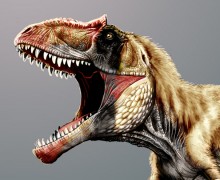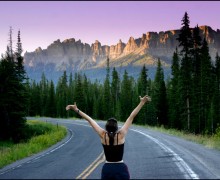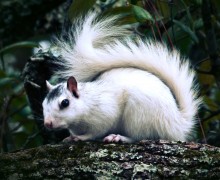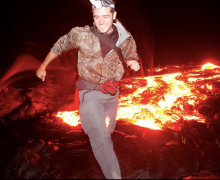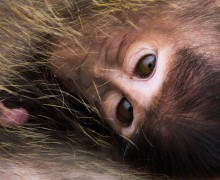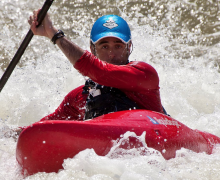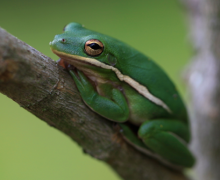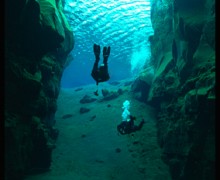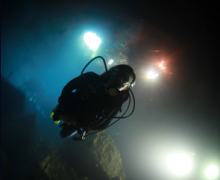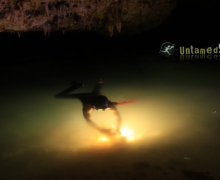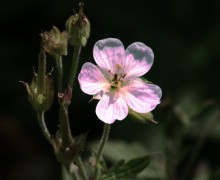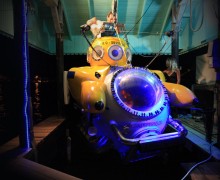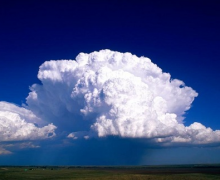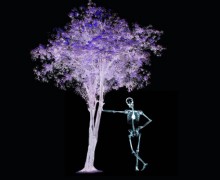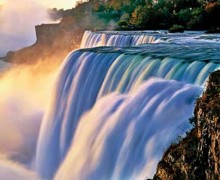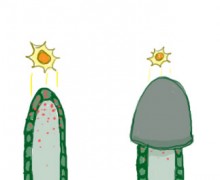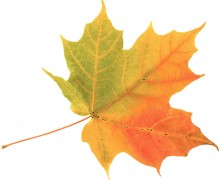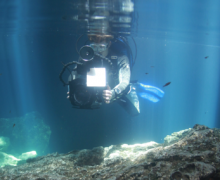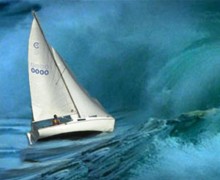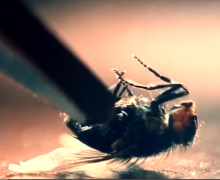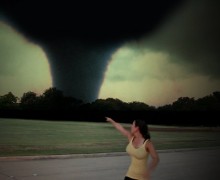The Science Behind the Shot: How Wildlife Filmmakers Use Technology to Capture the Natural World
In a world where attention spans are short, the power of imagery has never been stronger. A single frame of a lion’s silent prowl at dusk or the sudden lift-off of a thousand flamingos can spark wonder, curiosity and a deep respect for nature. Capturing these moments isn’t just art — it’s science in motion. Wildlife filmmakers are the modern-day alchemists, mixing biology, physics, engineering and storytelling to freeze wild beauty into something the human eye can absorb and remember.
The adrenaline of getting the perfect shot for your film has no match. From cliff jumping, to downhill biking, taking the last shot on net as the last seconds tick down during a soccer game, or when you get 500 sign up bonus casino no deposit and enjoy a little rush while online gambling, there really is nothing like it. To do this, wildlife filmmakers rely on preparation, timing and the right equipment to get the shot — often in high-stakes, unpredictable conditions.
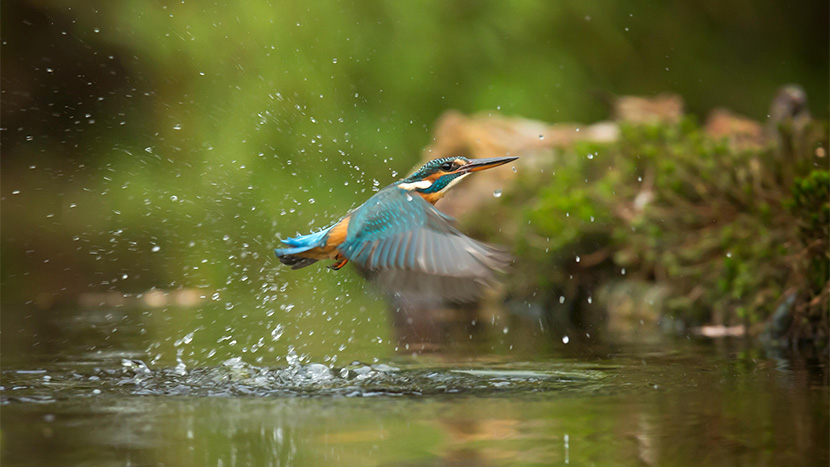
This article goes into the tools, techniques and technologies that bring the wild to our screens — from drones and infrared lenses to slow-motion rigs and field science coordination.
Biology and Technology
At its core, wildlife filmmaking is about telling the story of life — in the rawest and most authentic way possible. But nature doesn’t follow scripts. Animals move unpredictably, light changes by the second and remote locations can challenge even the best gear.
That’s where science comes in.
Wildlife filmmakers need to know animal behavior (ethology), habitat patterns, seasonal biology and even evolutionary adaptations. This informs not just when and where to film — but how to film.
For example:
- To film nocturnal predators, knowing their infrared signature allows crews to choose thermal or low-light cameras.
- Documenting bird migrations requires syncing schedules with GPS tracking data from field biologists.
- Knowing when a rare flower blooms for just 24 hours means setting up a time-lapse months in advance.
Without this biological knowledge, even the best gear can miss the wild.
High-Speed and Slow-Motion Cameras
Many of the most iconic wildlife shots — a hummingbird’s wings in motion, a cheetah’s paw striking the ground at 70mph or a frog’s tongue catching a fly mid-air — can only be done with high-speed cameras.
These cameras can record thousands of frames per second (fps) and allow filmmakers to slow down lightning fast natural processes. This helps us see:* The physics of flight, motion and predation
- The mechanics of wings, limbs and joints in slow motion
- The reaction times of prey and predator in super slow mo
Cameras like the Phantom Flex or RED cameras with specialized lenses are the industry standard. But using them in the wild requires meticulous planning — battery life, data storage, temperature control and portability all pose challenges.
Drones and Aerial Cinematography
Drones have changed the way we see the Earth — offering bird’s eye views of migratory herds, nesting colonies and vast untouched landscapes.
They allow for:
- Non-invasive tracking of animals in open terrain
- Dynamic movement, like flying alongside running animals
- Geographical context, showing how terrain affects behavior
But drone operators must work within legal regulations, consider battery life and most importantly minimize stress to wildlife. Too much noise or proximity can alter natural behavior — compromising both the film and the animal’s well-being.
Remote Cameras and Camera Traps
Sometimes the best camera operator is… no operator at all.
Camera traps are set up in key locations based on tracking signs like scat, footprints or movement corridors. They use motion sensors to automatically start recording when an animal enters the frame. This is invaluable for:
- Elusive or shy species (e.g. snow leopards, jaguars)
- Nesting behavior or den activity
- Nighttime footage without human presence
Some traps use infrared or thermal imaging, others are disguised as rocks or trees. These setups are low risk and high reward — offering genuine, undisturbed views of wildlife.
Underwater Cinematography
Filming the underwater world introduces a whole new set of scientific and technical challenges:
- Light behaves differently underwater — colors fade at different depths, requires artificial lighting or color correction
- Equipment must be pressure sealed to avoid water damage
- Movement is limited — filmmakers often use ROVs (remotely operated vehicles), divers or submersibles
New innovations like underwater drones and camera housings with gyroscopic stabilization now allow filmmakers to capture marine life from coral reefs to deep sea trenches.
Sound Recording and Acoustics
The silent shot of a howler monkey screaming might look impressive — but it’s the audio that really transports the viewer.
Wildlife filmmakers use:
- Parabolic microphones for long range audio
- Hydrophones for underwater communication
- Directional mics mounted on booms or trees
Sound design isn’t just an afterthought — it’s often what turns raw footage into an emotional narrative. Layering the subtle buzz of insects, the creak of branches or the growl of distant thunder helps reconstruct the environment in detail.
Real-Time Data and GPS Tracking
Wildlife documentaries are becoming data driven. Collaboration with scientists in the field helps crews:
- Pinpoint migration routes with GPS collars
- Track climate shifts affecting species movement
- Map out predictive behaviors based on environmental changes
This scientific intelligence saves time, reduces disturbance and increases the chances of capturing rare events like mating rituals, birth or dramatic hunts.
Storytelling Through Editing and Post-Production
Capturing footage is only half the battle. Turning that footage into a coherent, educational and emotional story is an art that combines science and storytelling.
Post-production teams:
- Stabilize, color correct and enhance footage
- Use scientific consultants to ensure accuracy in narration and labeling
- Match sequences with soundscapes and musical scores
Software like Adobe Premiere Pro, DaVinci Resolve and After Effects are used to polish raw material — often over hundreds of hours — to create just a few minutes of screen ready film.
The Ethical Lens: Filming with Integrity
Science based storytelling demands integrity. Wildlife filmmakers must balance the pursuit of the perfect shot with the need to protect the ecosystems they work in.
Best practices include:
- Keeping a safe distance from wildlife
- Minimizing artificial lighting and sound
- Avoiding baiting or interfering with animal behavior
- Collaborating with conservationists and local communities
Respecting nature is not just ethical — it leads to more authentic footage.
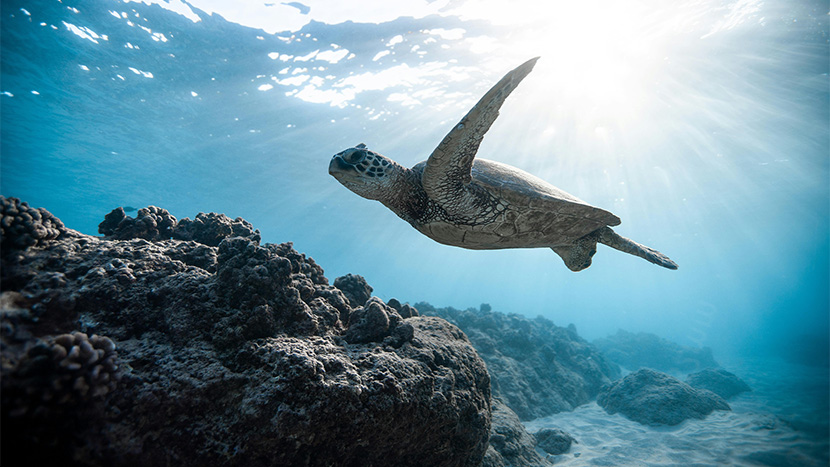
Conclusion: The Shot That Changes Minds
The best wildlife footage doesn’t just entertain — it educates, inspires and motivates action. By combining scientific knowledge, cutting edge technology and an eye for story, wildlife filmmakers can create moments that stay with us for life. Whether it’s snow leopards in the Himalayas, sea turtles hatching under moonlight or the intricate dance of pollinators, these people bring the wild to our screens, our hearts and our minds.





